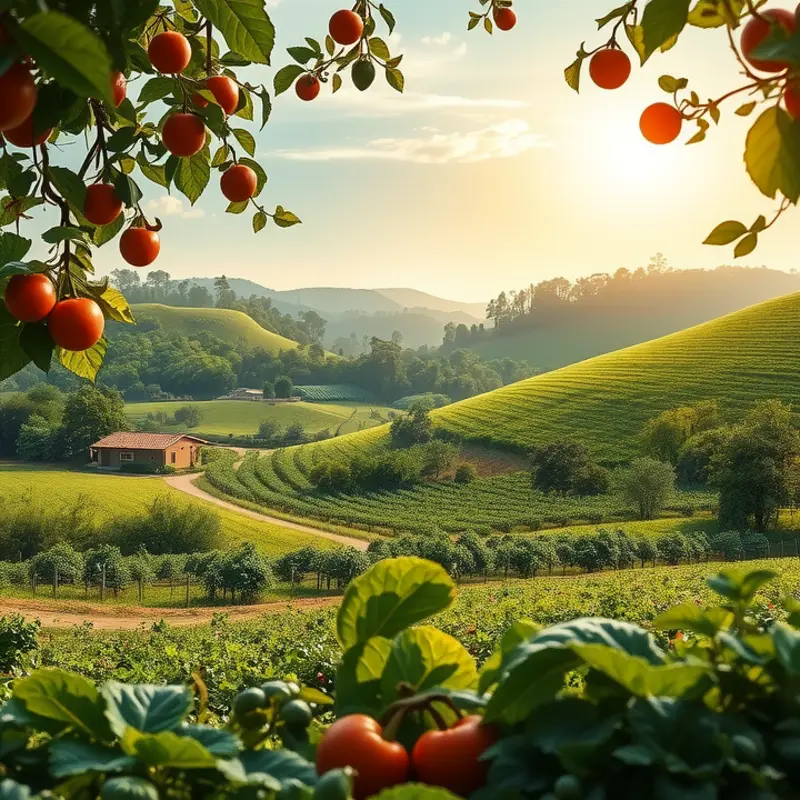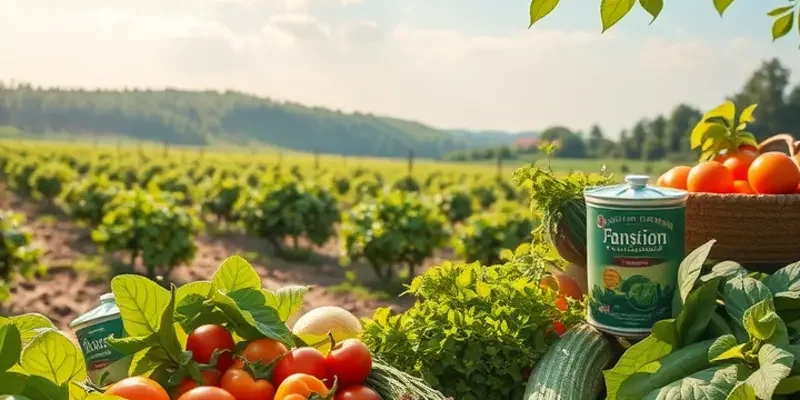Cooking with clay pots is a tradition that transcends cultures, offering a unique flavor experience and connection to heritage. As food enthusiasts explore the culinary tapestry of our world, the humble clay pot emerges as a symbol of authenticity. Its porous nature allows for even heat distribution, enhancing the nuances of various ingredients. This timeless method not only fosters deep flavors but also invites an appreciation for the cultural significance embedded in each dish. Journey with us through the rich traditions of clay pot cooking, discovering how different cultures have embraced this age-old technique.
Clay Pots Across Cultures

Clay pots have been pivotal in culinary cultures around the globe, each region embracing this earthenware in its unique manner. In the Middle East, the utilization of clay pots can be traced back thousands of years. Here, the tagine, a cone-shaped pot, plays a central role in Moroccan kitchens. This culinary icon isn’t just an antiquated vessel; it is a tool that creates a slow-simmering environment, resulting in tender stews with rich, melded flavors. The steam rises within the narrow confines of the tagine’s lid, condenses, and drips back into the dish, thoroughly cooking the food without losing moisture.
Traveling eastward, South Asian cuisines boast a profound understanding of clay pots. In India, the handi is a beloved pot for cooking rich curries and biryanis. The pot’s round bottom ensures even cooking, while its porous material allows for a slow heat transfer, enabling spices to deeply infuse the food. This method not only enhances the primary ingredients but respects the symphony of spices central to Indian gastronomy.
Meanwhile, China’s Hunan province has embraced the use of clay pots known as sandpots. These vessels are integral to making sizzling rice dishes and soups. The clay allows for gradual heat dissipation, which accords food a delectable, crusty texture. The versatility of sandpots extends to myriad recipes, efficiently conserving flavors whether simmering soups or braising meats.
In Japan, the donabe exudes cultural significance. Often crafted using ancient techniques, this pot is essential in cooking hot pot meals where ingredients stew together, creating communal dining experiences. This slow cooking process encourages sharing stories and building connections around the dinner table. Similarly, in Korea, the ttukbaegi pot is crucial for dishes like soondubu jjigae (soft tofu stew). Its robust build withstands high heat, allowing for a bubbling presentation that maintains warmth throughout the meal.
Across Latin America, clay pots, or olla de barro, continue to foster traditional cooking techniques. In Mexico, these pots are integral for making frijoles de la olla (beans cooked in a pot). The porous walls allow for excellent heat retention, slowly rendering beans to their creamiest texture without losing nutritional content cooking beans and nutrient retention. These pots imbue dishes with earthy flavors, a testament to the harmonious relationship between pot and ingredient.
Each of these cultures embraces clay for its pragmatic qualities, yet the emotional resonance is evident. Clay pots are more than cooking vessels; they are heirlooms, bridging generations with a shared culinary language. As modern cuisine leans towards innovation, these earthenware traditions provide a grounded, soulful counterpoint. The pot’s simplicity underscores the sophistication of timeless methods—an enduring testament to the fusion of nature with the culinary arts.
Crafting Flavors: Techniques and Recipes

Clay pot cooking has been revered across cultures for generations, offering a symphony of flavors through its unique approach to slow-cooking. By sealing in moisture and allowing ingredients to gently meld and transform, clay pots create deeply flavorful and aromatic dishes without the need for excess oil or stirring. This method is ideal for those who appreciate the nuances of taste and texture in their meals.
To embrace the art of clay pot cooking, one must first understand the nature of earthenware. The porous nature of clay allows steam to surround the food, providing even cooking temperatures that enhance the individual qualities of each ingredient. This slow, gentle process promotes the development of robust flavors, turning simple ingredients into complex delights. Whether it’s a modest stew or an elaborate tagine, the clay pot imparts a unique earthiness that cannot be replicated in metal or glass vessels.
Begin by soaking your clay pot in water for at least 15 minutes before cooking. This helps prevent cracking and ensures even heat distribution. When cooking, place the pot in a cold oven and gradually increase the temperature; this helps avoid thermal shock. For those desiring to refine their skills, consider learning about even cooking temperatures to enhance your culinary outcomes.
The culinary world offers a plethora of iconic recipes perfect for clay pots. Consider Coq au Vin, a French classic where chicken is simmered with wine, mushrooms, and aromatic herbs. This dish showcases how perfectly blended flavors can be achieved using clay. In Morocco, the tagine stands as a testament to this cooking style. Lamb, apricots, almonds, and an array of spices create a harmonious and exotic meal when prepared in a traditional tagine pot.
From Italy, Osso Buco, a dish featuring braised veal shanks, showcases the magic of slow-cooking in unlocking rich, savory flavors. The marrow and wine merge into a sauce that epitomizes comfort food. Meanwhile, in East Asia, Chinese clay pot rice demonstrates the ingenuity of simple ingredients. Rice, meats, and vegetables marry together, producing a crispy, caramelized crust at the bottom.
Venturing further, the Indian Dum Biryani offers a vivid example of sealed-in flavors with its spiced layers of rice, meat, and vegetables, all gently coaxed out through a slow and meticulous cooking process. The clay’s earthen tones bring a depth of flavor to this much-loved dish, reminding us of the deep connection between earth and sustenance.
Understanding clay pot cooking is not only about mastering techniques but appreciating the soulful flavors it produces. By utilizing earthenware in your kitchen, you pay tribute to centuries-old culinary traditions, celebrating the global tapestry of cooking that brings communities together over shared meals. Transition these time-honored methods into your culinary repertoire for a holistic and flavorful dining experience.
Final words
Clay pot cooking is not just a culinary technique but a bridge to our past, defining the essence of many cultures. The foods cooked in these earthen vessels resonate with histories and stories, offering profound taste experiences tied to tradition. Whether you’re reveling in a Moroccan tagine or a South Indian sambar, the essence of clay-cooked meals is an invitation to celebrate heritage through cuisine. By embracing this age-old cooking method, we don’t just enhance flavors but also honor the rich tapestry of global cultures that have cherished and refined the art of cooking with clay. Diving into this tradition can enrich your culinary adventures while connecting you deeply to the diverse world around us.








